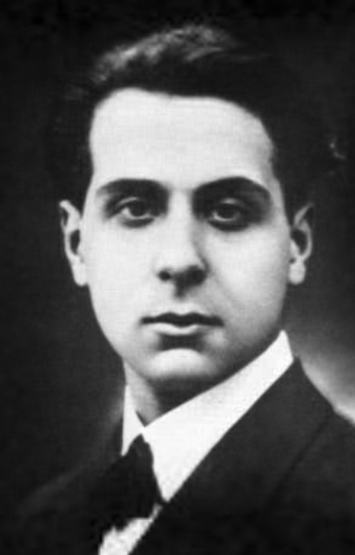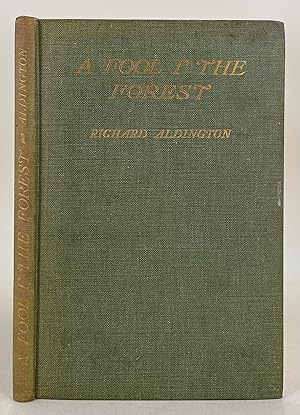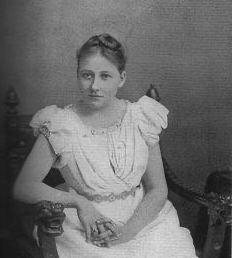Report of the Forty-Second Meeting of the London D. H. Lawrence Group
Maria Thanassa
Lawrence and the Argonauts
March 27th 2025, by Zoom, 18.30-20.00 UK time
ATTENDERS
Twenty-seven people attended, including, outside of England, Lucas Campoli in Quebec, Philip Chester in Deep River, Ontario, Tina Ferris in California, Philip Bufithis in West Virginia, Marina Ragachevskaya in Gdansk, and Jim Phelps in Cape Town
INTRODUCTION
Written in the final six months of his life, D.H. Lawrence’s Last Poems convey a vision of man’s relation with the world of physical experience. Beginning with “The Greeks Are Coming” and “The Argonauts” and ending with “Phoenix”, Last Poems assert Lawrence’s deep, though not unambiguous, engagement with the ancient Greek world. Lawrence’s reading of John Burnet’s Early Greek Philosophy in 1915, and his subsequent re-reading of the book at the time of composition of the Last Poems, had a profound impact on his thinking and creative output. This paper is concerned with the ways in which Lawrence articulates his late philosophy of death and regeneration via the employment of Greek imagery, such as the Arnonauts and the Minoans, in the context of the Last Poems – as set against Greek poet Giorgos Seferis’s treatment of the same imagery in his poem “Argonauts” (written in 1935), on the one hand, and Burnet’s exposition of early Greek philosophy, on the other.
BIOGRAPHY
Dr Maria Thanassa is an educator, independent scholar, and literary translator. She read English and Greek Literature in Athens and pursued her postgraduate studies at the University of London. Her MA thesis was on the notion of power in D.H. Lawrence’s Women in Love. She received a Ph.D. from King’s College London with a dissertation on W.B. Yeats and ancient Greek mythology and philosophy. She also has a Diploma in Translation from the Institute of Linguists. She has taught English and Modern Greek i both Greece and the UK and has given a number of talks at different academic and literary forums. She also engages in literary translation, mainly of Greek poets for the English-speaking public and, on occasion, of English poets for the Greek-speaking public. She is currently working on translating selected poems from Giorgos Seferis and from D.H Lawerence’s Last Poems. She publishes her translations on her blog words alone.
READING
Poems: ‘The Greeks are Coming’, ’The Argonauts’
PRESENTATION
Maria started with Giorgios Seferis, the Greek poet awarded the Nobel Prize for Literature in 1963, whose poetry she is currently translating into English. She said that Seferis occupies a similar place in Greek literature as T. S. Eliot in English literature. He translated some works by Eliot, Yeats, Pound and Lawrence into Greek in what until recently were uncontested translations. She was struck by the similarities between his poem ‘Argonauts’ and Lawrence’s last poems, especially those that dealt with Greek mythology. Her further investigations revealed further similarities between the poets, as well as the fact that these had been little considered within either Lawrence or Seferis studies – perhaps in part because, although Seferis attested to T. S. Eliot’s influence on his work, he wrote little about Lawrence.
In 1931 Seferis travelled from Greece to London to become Vice-Consul, and later Consul, at the Greek embassy, remaining there until 1934. During that stay he encountered the poetry of T. S. Eliot (in 1936 he translated ‘The Waste Land’), and was at least aware of the Lady Chatterley’s Lover controversy (alluding to this in a diary entry of 1932). He recalled that he once scandalised an Englishman by talking about Byron, and realised that in certain circles it was inconceivable to mention either Joyce or Lawrence. In 1935, just a year after his return to Greece, he published a collection of 24 poems, Mythic History. The Odyssey has 24 books, and Mythic History – which is populated by both mythic and non-mythic characters – can also be read as a single long poem. Five years later he published his translation of ‘The Ship of Death’ (the only poem of Lawrence’s that he translated).
Both Lawrence’s 68 Last Poems and Seferis’s Mythic History engage strongly and ambivalently with the Greek ancient world. Lawrence’s poems treat it in part as a repository of lost wisdom which, like the Etruscans (who Lawrence sensed to be the Greeks’ inheritors), contrasts to the modern mechanised world in which that wisdom was disappearing like dying waves. Maria reminded us that Lawrence was certainly (as Richard Aldington claimed) influenced by John Barnet’s book Early Greek Philosophy, which he probably first read in 1915, of which he had a copy with him in the USA in 1922-23, and for which he asked Bertrand Russell for a copy whilst writing Apocalypse and the Last Poems in 1929. He felt an affinity with the (proleptic) anti-Platonism, and emphasis on physicality and flux, of Heraclitus; anti-Platonism runs through the Greek poems of Last Poem. However, Barnet warned against attempts at revivalism, which are always fatally contaminated by a polemic edge. In any case, Lawrence found classical Greece inferior to the Etruscan world; Greek beauty is ‘too much cooked in the artistic consciousness’.
Mythic History, like Last Poems, looks for new life and uses Heraklitean imagery. Ultimately ‘Argonauts’ turns away from the Acropolis and other ancient ruins, seeking renewal in the open sea. Likewise, in Lawrence’s ‘Argonauts’ the sea has vigour and fecundity. Where they differ is that Seferis is more demythologising; his Argonauts are unremarkable, they make no return to a promised land, and oblivion awaits them. There is, however, presented as existing an ultimate balance in the cosmos (the death of one being the gain of another) which corresponds to Seferis’s ontological as opposed to moral conception of justice. Both he and Lawrence had a sense that renewal is to be found by passing through oblivion (Seferis uses the figure of the mermaid in place of Lawrence’s phoenix). Maria concluded that Seferis must have read Last Poems, which was published whilst he was in London. When he returned to Greece he was looking for rejuvenation, and wrote Mythic History with Last Poems strongly in mind.
DISCUSSION
Tina Ferris found it striking that Lawrence begins his ‘Argonauts’ poem by insisting ‘They are not dead’ and has Odysseus steering ‘past those foamy islands’ while Seferis says that the oarsmen ‘died one by one,/ with lowered eyes. Their oars/ mark the place where they sleep on the shore.’
Philip Chester pointed out other Anglo-Greek connections: Seferis met and influenced Lawrence Durrell, and met Henry Miller, who spoke to him highly of Lawrence. Shanee Stepakoff mentioned a 1912 essay by Sabina Spielfrein, ‘Destruction as the Cause of Coming into Being’ (now thought to have been an unacknowledged influence on Jung), and wondered whether Lawrence ever read her.
Jonathan Long was interested in Lawrence’s changing attitudes to travel by sea. His late Greek poems such as ‘The Greeks are Coming’ and ‘Middle of the World’ refer negatively to modern ship travel with apparent disapproval of their pollution of the seas, yet he had travelled extensively by steam ship himself. Robert Bullock gave by way of example of this the fact that ‘only 18 months before [writing these poems] in letters to Arthur and Lilian Wilkinson (10th April 1928), Witter Binner (12th April), the Brewsters (13th April) and Bonamy Debrée (24th April), he tells them how he would love to go ‘sailing round the world with Frieda in the autumn’ with the Messageries Maritimes, the French commercial shipping line, before disembarking in San Francisco and then travelling on to their ranch in New Mexico.’




